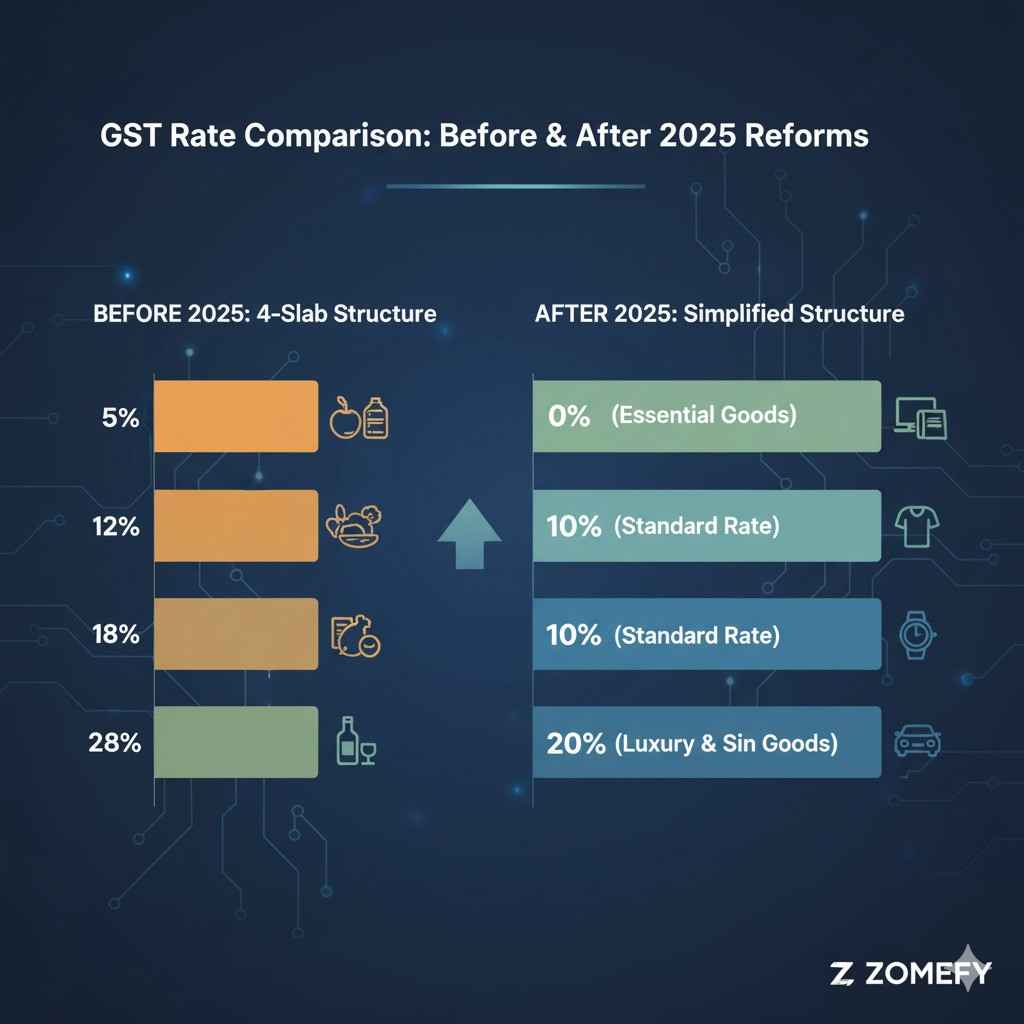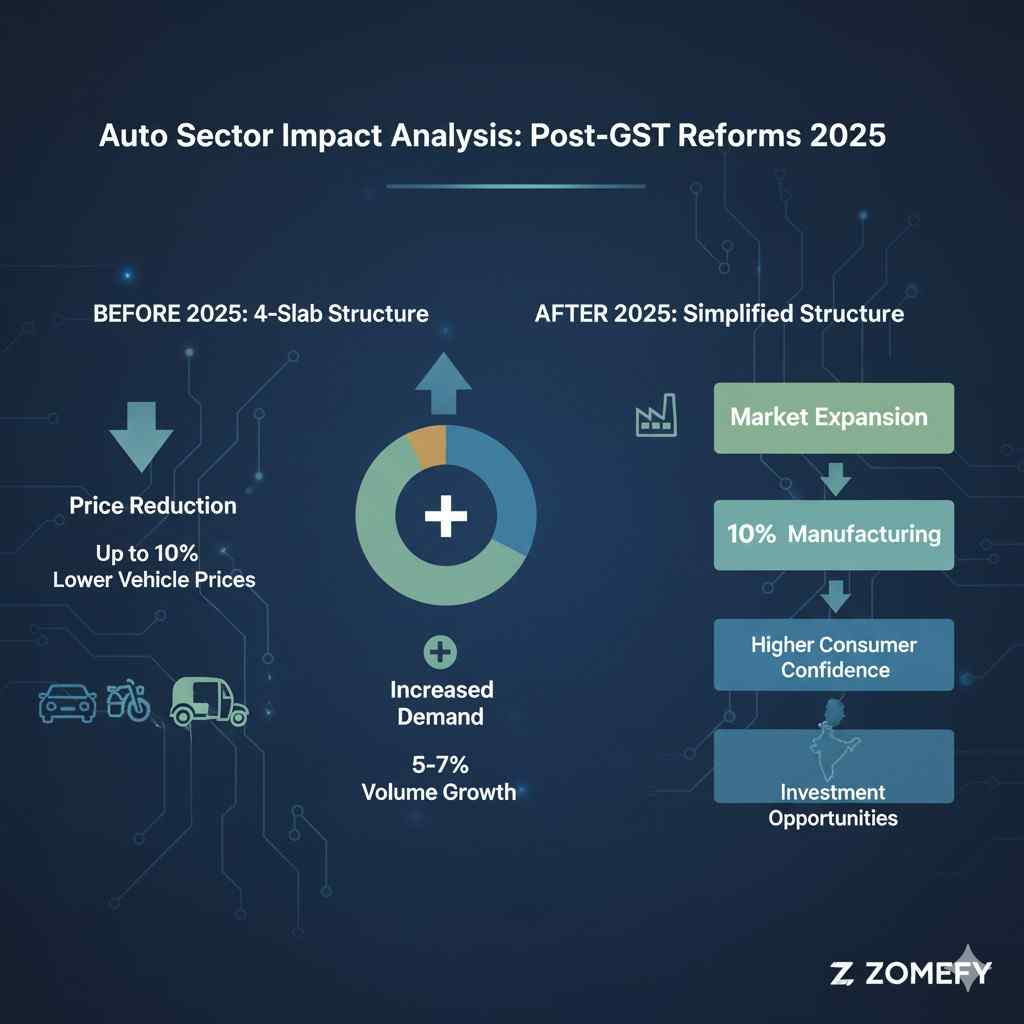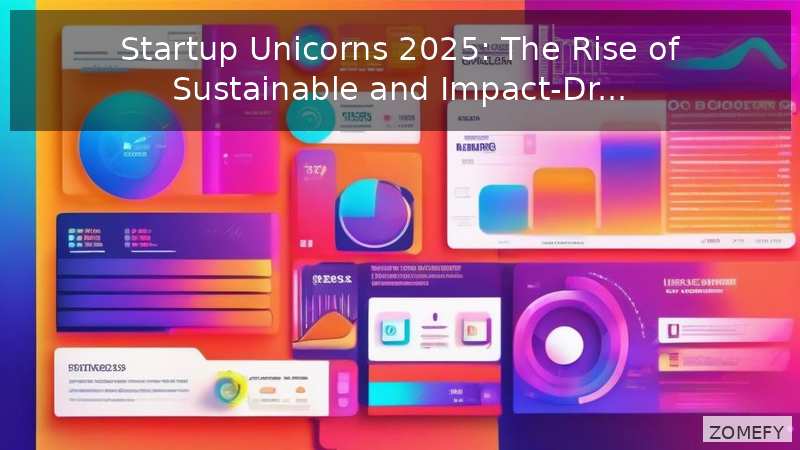India's Economic Transformation 2025: Unpacking GST Revisions and Their Impact on Auto and Consumer Sectors
India’s economic landscape is undergoing a profound transformation in 2025, driven by landmark reforms to the Goods and Services Tax (GST) regime.
India's Economic Transformation 2025: Unpacking GST Revisions and Their Impact on Auto and Consumer Sectors
What You Can Do Next
- Read the full article for complete insights
- Save for later reference
- Share with others learning about this topic
Image not available
India’s economic landscape is undergoing a profound transformation in 2025, driven by landmark reforms to the Goods and Services Tax (GST) regime. The GST Council’s 56th meeting in September 2025 has ushered in a new era of tax rationalization, particularly for the automobile and consumer sectors—two of the economy’s most dynamic growth engines. With the implementation of ‘GST 2.0’ from September 22, 2025, the government has collapsed the previous four-slab structure into a simplified two-slab system (5% and 18%), while introducing a 40% ‘de-merit’ slab for select luxury and environmentally unfriendly goods[2][4]. For the auto sector, this means mass-market vehicles and components now attract an 18% GST rate (down from 28–31%), electric vehicles (EVs) remain at 5%, and luxury cars/SUVs move to 40% with the abolition of the compensation cess[1][4][6]. These changes are expected to reduce prices for small cars, two-wheelers, and commercial vehicles by over 10%, directly boosting affordability and consumer demand[1][5]. For investors and financial professionals, understanding the nuances of these reforms—how they impact company valuations, sectoral growth, and consumer behavior—is critical to identifying opportunities and managing risks in a rapidly evolving market. This article unpacks the GST revisions, quantifies their impact, and offers actionable strategies for navigating India’s economic transformation in 2025.
GST 2.0: What Changed and Why It Matters
The GST Council's September 2025 overhaul represents the most significant tax rationalization since the original GST rollout in 2017. The new structure simplifies compliance, resolves classification disputes, and aims to stimulate growth in key sectors[3][4]. Here's what changed:

Key Data Points and Market Examples
The GST 2.0 reforms have immediate, measurable impacts on vehicle pricing and sector dynamics:
Sectoral Impact: Auto, Ancillaries, and Consumer Durables
The GST revisions have far-reaching implications beyond the auto OEMs, touching ancillaries, consumer durables, and the broader economy.

Case Study: Maruti Suzuki and the Mass Market
Maruti Suzuki, India’s largest carmaker, is a prime beneficiary of GST 2.0. With over 50% market share in passenger vehicles, the company’s volume-driven model aligns perfectly with the new tax regime. Models like the Alto, Swift, Wagon R, and Baleno—all falling under the 18% GST slab—could see a 10%+ reduction in ex-showroom prices, making them even more accessible to first-time buyers and upgraders[1][4].
Maruti’s extensive rural and semi-urban dealership network positions it to capture incremental demand from price-sensitive segments. Furthermore, the company’s partnership with Toyota for hybrid technology and its investments in CNG variants provide additional growth levers in a market prioritizing affordability and cleaner fuels.
Luxury, Premium, and EV Segments: A Mixed Bag
The GST revisions have differentiated impacts across vehicle segments:
Investment Strategies for the Luxury and EV Space
For investors eyeing the luxury and EV segments, consider the following:
Practical Implications for Retail Investors and Financial Professionals
The GST 2.0 reforms present both opportunities and challenges for investors. Here’s how to navigate them:
Regulatory and Tax Compliance Considerations
Financial professionals must guide clients through the transition:
Conclusion and Forward Look
India’s GST 2.0 reforms mark a decisive shift toward a simpler, more growth-oriented tax regime. For the auto and consumer sectors, the changes are transformative—reducing prices, boosting volumes, and supporting job creation across the value chain[1][5]. Retail investors and financial professionals must stay attuned to pricing actions, volume trends, and regulatory updates to capitalize on this new phase of economic transformation.
- Mass-market autos and components are clear winners, with 10%+ price reductions driving volume growth and market expansion. - Luxury vehicles see a net tax reduction due to cess abolition, but effective communication of pricing benefits is essential. - EVs retain their concessional 5% rate, supporting India’s clean mobility goals and benefiting companies with credible EV strategies. - Ancillaries and MSMEs stand to gain from simplified compliance and higher demand, with positive spillovers into employment and credit growth[5]. - Risks remain from global supply chains, commodity prices, and state-level charges, requiring active portfolio management.
Continue Your Investment Journey
Discover more insights that match your interests

Startup Unicorns 2025: The Rise of Sustainable and Impact-Driven Business Models in India’s New Investment Era
India’s startup ecosystem is undergoing a profound transformation, moving beyond the traditional playbook of rapid growth at all costs to embrace sustainable and impact-driven business models.

Challenger Banks: Expanding Beyond Borders and Products
Assess how digital-first challenger banks are broadening their product lines and launching in new markets despite regulatory and competitive hurdles.

HDFC Bank Stock Analysis 2025: Q3 Earnings Beat & Credit Growth Momentum Amid Regulatory Clarity
HDFC Bank, India’s largest private sector lender, has once again grabbed headlines with its Q3 FY25 earnings, reporting a net profit of ₹16,736 crore—a 2.

Geographic Expansion 2025: How Emerging Unicorn Hubs Are Reshaping Global Startup Valuations
The global startup ecosystem in 2025 is witnessing a transformative phase driven by geographic expansion beyond traditional hubs like Silicon Valley, New York, and Beijing.
Explore More Insights
Continue your financial education journey
